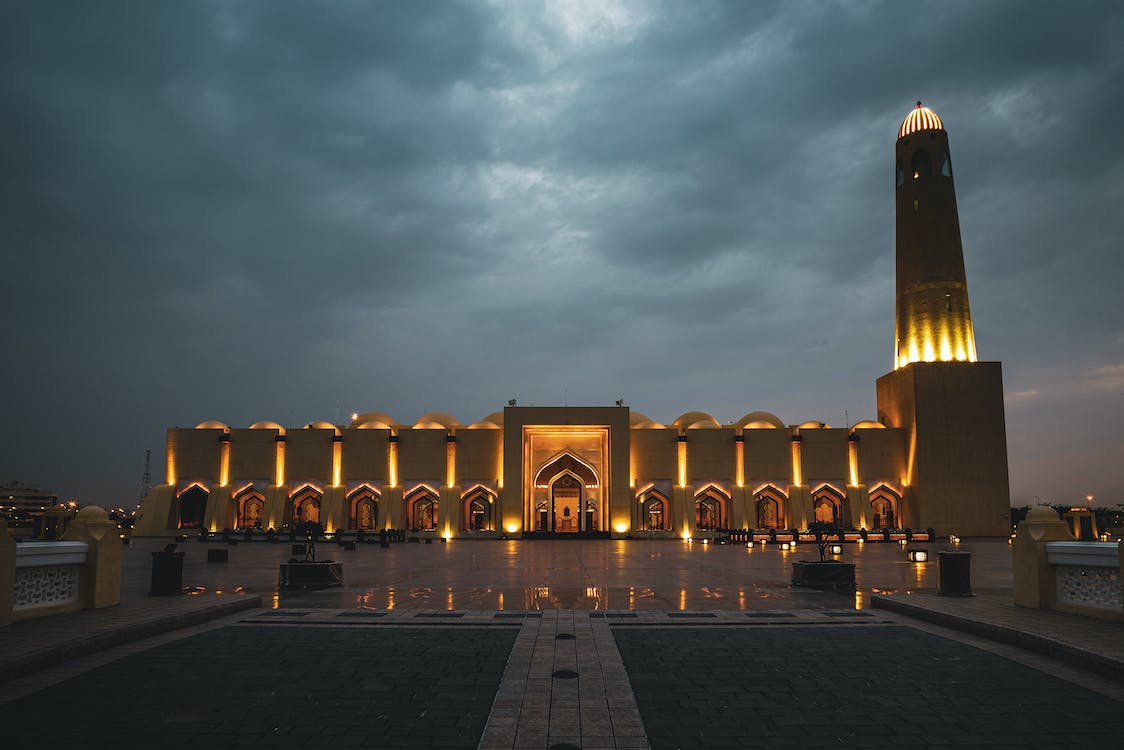
Nestled along the serene waterfront of Doha Bay stands a cultural marvel that transcends time and place—the Museum of Islamic Art (MIA) Doha. This architectural masterpiece not only houses Qatar's Islamic art treasures but also serves as a symbol of the nation's deep appreciation for its rich Islamic heritage. In this article, we embark on a journey through the grand halls of the MIA to explore the profound legacy of Islamic art and its significance in Qatar.
Architectural Grandeur: A Tribute to Islamic Heritage
1. Design Philosophy:
- The MIA, designed by the renowned architect I.M. Pei, is a fusion of Islamic and contemporary architectural elements.
- Its geometric patterns and iconic dome pay homage to Islamic design principles.
2. Cultural Significance:
- The museum's design reflects Qatar's commitment to preserving and celebrating its Islamic heritage.
- It stands as a cultural beacon, not just for Qatar but for the entire Islamic world.
Islamic Art Unveiled: A Timeless Treasure Trove
1. Vast Collections:
- The MIA boasts a vast collection of Islamic art and artifacts spanning 14 centuries.
- It features ceramics, manuscripts, textiles, jewelry, and architectural fragments from across the Islamic world.
2. Historical Significance:
- Visitors encounter Islamic art's evolution from the early Islamic period to the height of the Islamic golden age.
- Manuscripts of Islamic science, beautifully illuminated Qur'ans, and intricate textiles offer insights into Islamic culture and scholarship.
3. Masterpieces on Display:
- The museum proudly showcases iconic pieces such as the Ardabil Carpet, a masterpiece of Persian carpet weaving.
- Visitors can marvel at intricately designed ceramics, calligraphic artworks, and priceless jewelry.
Cultural Engagement: Beyond the Artifacts
1. Educational Initiatives:
- The MIA conducts educational programs, lectures, and workshops, engaging visitors of all ages in the exploration of Islamic art and culture.
- It fosters a deeper understanding of the role of Islamic art in shaping world civilization.
2. Cultural Exchange:
- The museum hosts international exhibitions, inviting artists and scholars to engage with Islamic art and contribute to the global dialogue.
- It serves as a platform for intercultural exchange and appreciation.
The Museum of Islamic Art Doha is a testament to Qatar's reverence for its Islamic heritage and its commitment to preserving the legacy of Islamic art. As visitors traverse its grand halls and immerse themselves in the beauty of Islamic art, they embark on a journey through time and culture. The museum is not merely a repository of artifacts; it is a living tribute to the artistic and intellectual achievements of the Islamic world. It stands as a bridge between the past and the present, between tradition and innovation. Qatar's Islamic art legacy, showcased in the MIA, is a testament to the enduring brilliance of Islamic art and its profound impact on global culture. It is an invitation to all who enter to explore, appreciate, and be inspired by the timeless treasures of Islamic artistry.
Want to know Qatar art scene?
